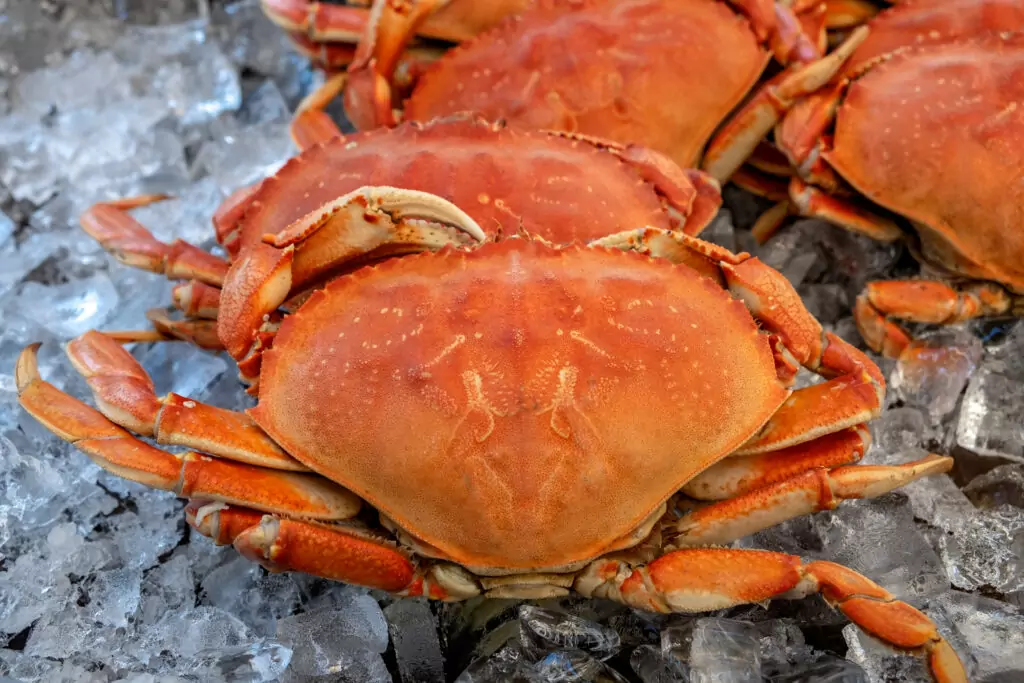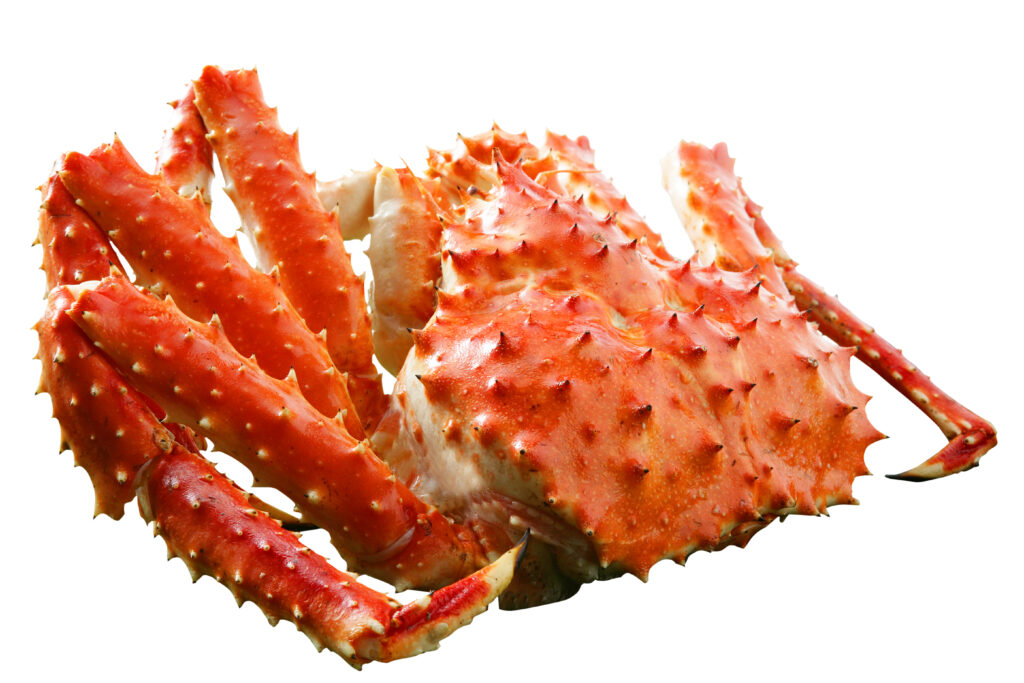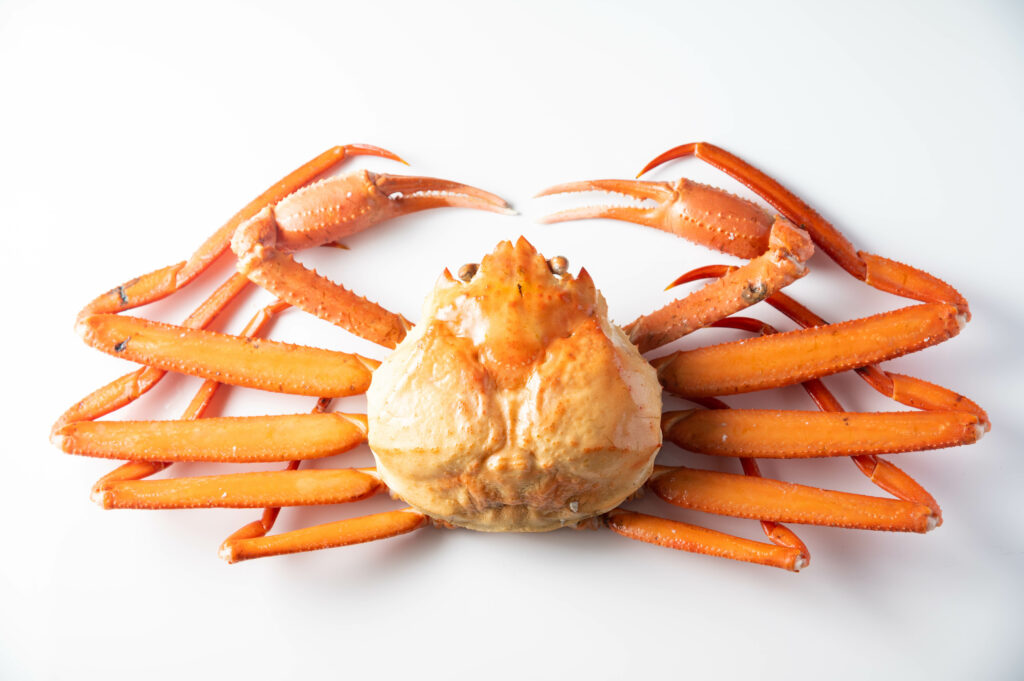Some enjoy salmon, some enjoy tuna, but crab fans seem to be the loudest. Give a crab fan a mallet and a crab cracker, and watch them smash, crack, and enjoy the sweet meat to the last bite. With Thanksgiving right around the corner, adding this succulent crustacean to the menu is a choice people will be grateful for.
However, many people might not be familiar with the various types of crabs. Read our guide to some of the more popular crab varieties before you go shopping for the holiday gatherings, and learn about their availability, distinctive characteristics, and flavor:
Dungeness Crab

The West Coast of America is renowned for Dungeness crabs. A big selling point is that they are bigger and meatier than the East Coast crab varieties.
Their harvesting season, which spans from late November to late June in Southern California and from December to July in Northern California, is strictly regulated. Dungeness can be found from Alaska to California and occasionally even as far south as Mexico.
The average Dungeness crab weighs about 2 pounds and produces about 25% of its weight, making it the biggest bang for your buck when it comes to meat content. The meat is firm with notes of sweet nuttiness and is versatile enough to be used in anything from crab melts to crab bisques.
Alaskan King Crab

The Alaskan king crab is an Anomuran crab, as opposed to the Brachyura species, a class which most of your favorites belong to. Commercial king crab harvesting involves three distinct species: the famous red, the mild-flavored blue, and the prickly golden.
The Alaskan king crab, found in Alaska and Japan, has an extremely short authorized harvest season to ensure the longevity of the species. Alaskan king crabs are marketed whole or as legs-only, with three different grades depending on how many legs make up 10 pounds in weight. King crab legs are frequently pricey due to their harvest difficulty (think of the Discovery Channel show, the “Deadliest Catch”), shipping, and limited supply.
The highly regarded silky, delicate meat of Alaskan king crab legs has a pleasant sweetness and depth of flavor. Some people compare the meat to a premium lobster. The easiest ways to prepare Alaskan king crab legs are to steam them in their juices and serve them with some lemon and a generous helping of melted butter.
Snow Crab

Snow crabs are distinguished by their vivid orange color and large, meaty legs, which are more than twice as long as their bodies. These crabs are staples in restaurants, perhaps because they can be marked up significantly from an affordable price.
Snow crabs live in the chilly Arctic Sea. They are available for purchase for most of the year, but because fishing vessels need to be able to travel through the Arctic Ocean to capture them, availability is dependent on when the ice breaks apart in fishing locations.
A mature snow crab weighs 5 to 7 pounds, and only clusters of crab legs are commonly sold, depending on the yield. A typical crab contains 30-35% meat, larger than Dungeness crabs but less than Alaskan king crabs.
Snow Crab legs are frequently contrasted with Alaskan King Crab legs but are less sought-after because of their more fibrous meat. Snow crab legs have a lovely, somewhat salty, sweet flavor. The legs can be consumed steamed, boiled, grilled, or baked and served with light seasonings or just butter and lemon.
Now that you’re a crab expert, head down to Pucci Foods, a quality seafood distributor in San Francisco, to feast on the freshest crustaceans on the West Coast.



